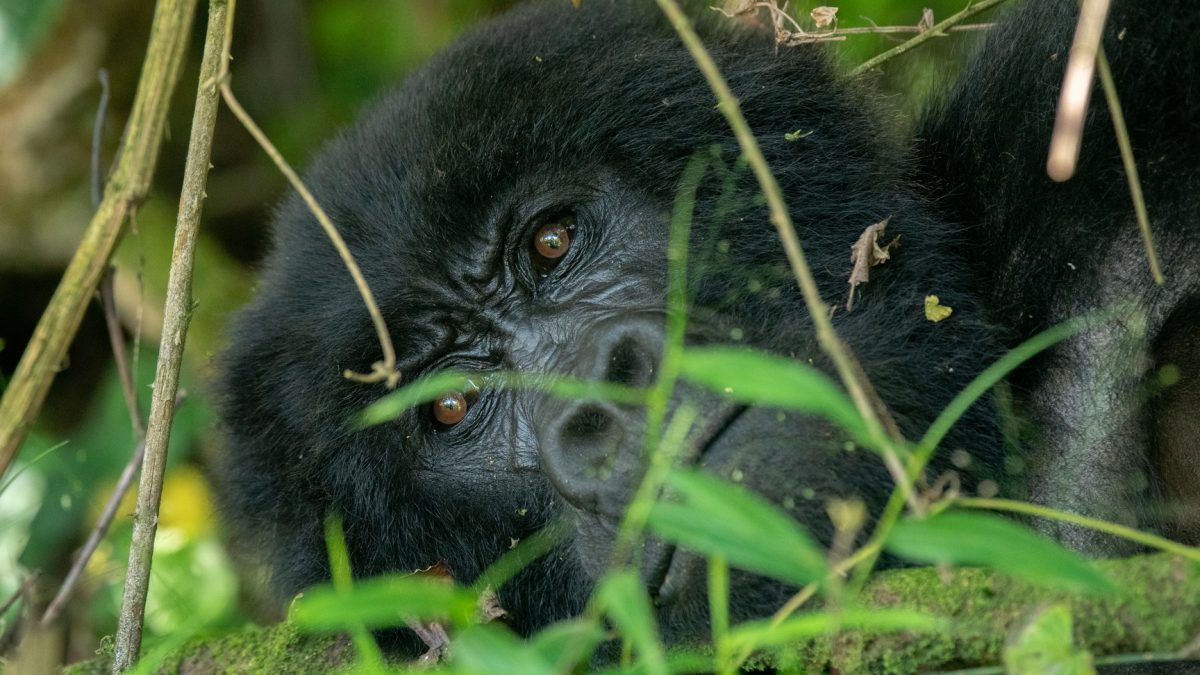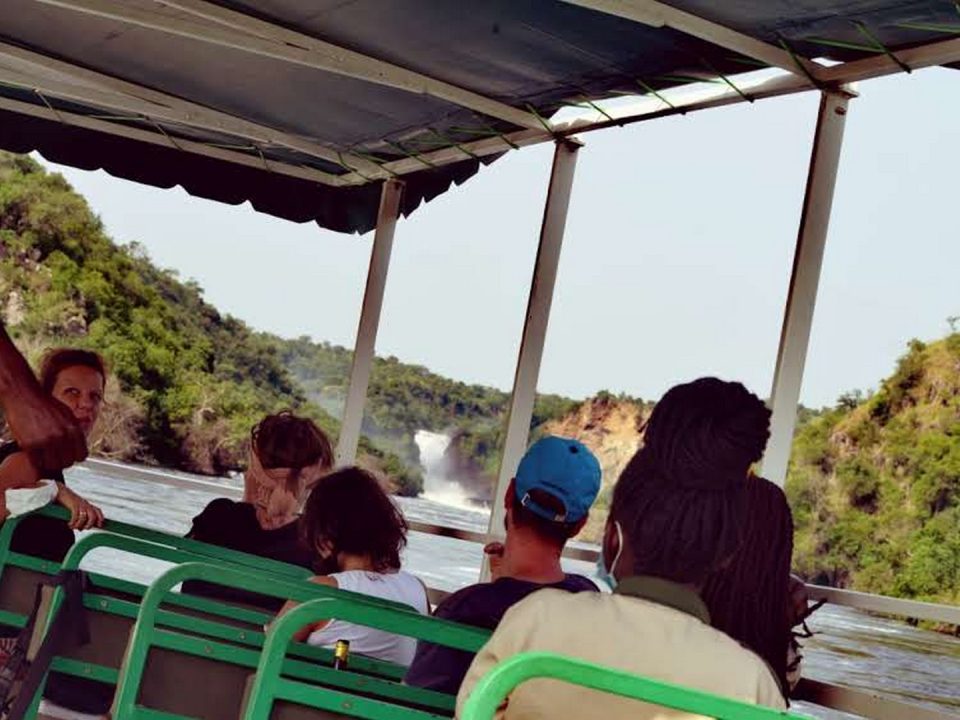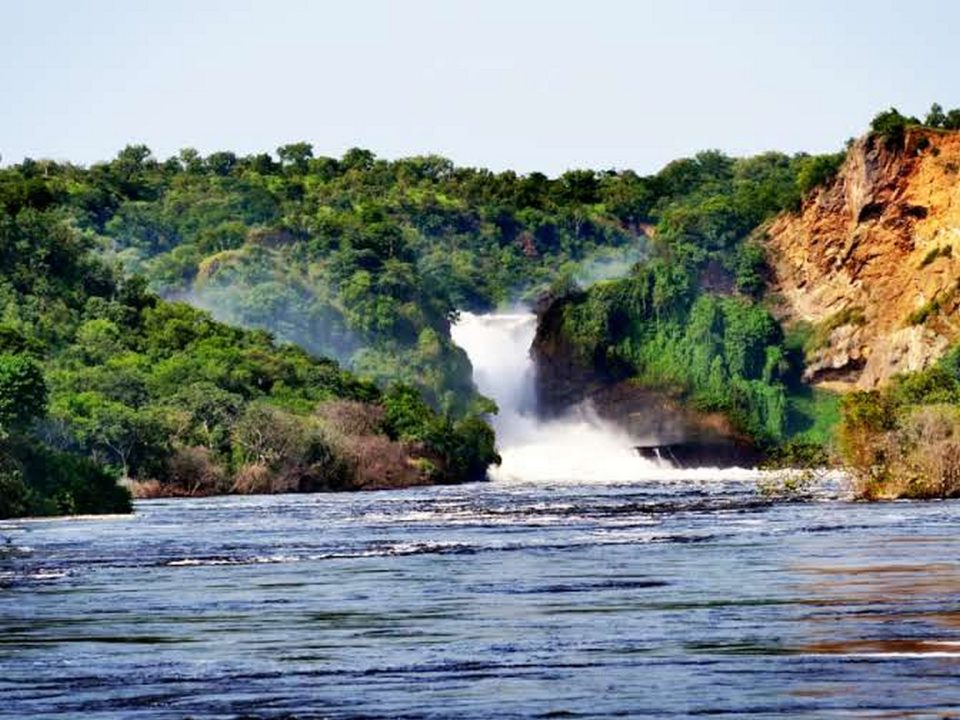
Is Gorilla Trekking in Uganda Ethical?
February 21, 2025
Can You Wear Black for Gorilla Trekking?
February 21, 2025How Fit Do You Need to Be for Uganda Gorilla Trekking?
How Fit Do You Need to Be for Uganda Gorilla Trekking? Gorilla trekking in Uganda is one of the most unique and rewarding wildlife experiences in the world. With the opportunity to observe endangered mountain gorillas in their natural habitat, trekkers from all walks of life embark on this extraordinary journey to the mist-covered forests of Bwindi Impenetrable National Park and Mgahinga Gorilla National Park. However, one of the common concerns that arise is the physical fitness required for such an adventure. While the trek is designed to be accessible for a wide range of ages and abilities, understanding the level of fitness needed is crucial for a successful and enjoyable experience.
In this detailed guide, we break down the fitness requirements for gorilla trekking in Uganda, the factors that influence the difficulty of the trek, and how you can prepare physically for the adventure.
Gorilla Trekking: A Physical Activity
At its core, gorilla trekking is a hiking experience that takes place in dense, mountainous rainforests. Although the terrain varies from park to park, trekkers can expect to traverse steep slopes, muddy paths, and rugged terrain. The level of difficulty is influenced by a variety of factors, including the location of the gorillas, the weather conditions, and your personal fitness level.
Typically, trekkers are required to hike for anywhere between 2 to 8 hours, depending on how far the gorillas are located from the starting point. While some days the trek can be relatively short and easy, other days may require more strenuous efforts, as the gorillas may be located at higher altitudes or deep in the forest.
What Is the Difficulty Level of Gorilla Trekking?
Easy to Moderate Trekking
For those who are relatively fit and accustomed to moderate physical activity, the trek is likely to be challenging but not overwhelming. The forest paths are often uneven, muddy, and occasionally steep, requiring a moderate level of stamina and physical resilience. However, with proper preparation and pacing, most people can manage the physical demands of the trek.
The trekking routes at Bwindi and Mgahinga vary in difficulty depending on the group of gorillas you are assigned to. Some groups live at lower altitudes, which typically means a shorter and less strenuous trek. On the other hand, some gorilla families may inhabit more rugged terrains and higher altitudes, making the trek more physically demanding.
Strenuous Trekking
In more challenging treks, you may need to navigate steeper slopes and thicker vegetation, which can be tiring, especially for those who are not used to hiking or physical exertion. The terrain may also be slippery due to rain or wet conditions, increasing the difficulty level.
For those who aren’t in peak physical shape, trekking through dense forest and climbing up steep slopes could be a daunting challenge. The trek can sometimes last up to 8 hours or more, depending on the location of the gorillas. It’s important to acknowledge that this physical effort can take a toll, especially if you’re not prepared.
Physical Fitness Requirements for Gorilla Trekking
Gorilla trekking does not require you to be an athlete, but it does require a certain level of fitness. Whether you’re young or elderly, it’s important to know your limits and make sure you’re in good enough shape to enjoy the trek without unnecessary strain. Below are some of the factors to consider when assessing your physical fitness for gorilla trekking:
Cardiovascular Fitness
Cardiovascular health plays an essential role in your ability to handle the trek. Gorilla trekking often involves walking uphill for extended periods, sometimes in high altitudes. While the trek is not a race, having a strong cardiovascular system will allow you to manage the sustained activity level and recover more quickly between breaks.
If you’re preparing for gorilla trekking, consider engaging in activities that improve your cardiovascular fitness, such as walking, jogging, swimming, or cycling. Aim to get at least 30 minutes of moderate aerobic exercise several times a week in the lead-up to your trip.
Strength and Endurance
The trek requires endurance to walk through muddy paths, climb hills, and carry your body weight through rugged terrain. While trekking, your legs, hips, and core muscles will be put to the test. Having strength in these areas will help you maintain good posture, stability, and comfort throughout the trek.
Strengthening exercises, such as squats, lunges, and leg presses, can help prepare your muscles for the physical demands of the trek. Hiking with a backpack during training will also mimic the load you’ll carry during the trek, allowing you to build endurance and muscle strength.
Mobility and Flexibility
In addition to strength and endurance, flexibility and mobility are key components of preparing for gorilla trekking. Hiking through dense forest may require you to maneuver around branches, rocks, and uneven surfaces. Having good flexibility will help you move through these obstacles more smoothly and avoid potential injury.
Incorporating stretches and mobility exercises into your fitness routine can enhance your flexibility. Yoga, Pilates, or simple stretching routines targeting the legs, hips, and lower back can improve mobility and make your trek more comfortable.
How to Prepare Physically for Gorilla Trekking
While you don’t need to be an elite athlete to trek to see the gorillas, preparing your body for the physical challenge will help you make the most of the experience. Here are some key tips to help you get ready for your trek:
Start Training Early
Start your fitness training at least 6–8 weeks before your scheduled trek to build the necessary stamina and endurance. Gradually increase the intensity and duration of your physical activities, focusing on exercises that enhance cardiovascular health, leg strength, and overall flexibility.
Practice Hiking on Uneven Terrain
If possible, try to hike on uneven, hilly, or muddy terrain before your trip. You can visit local parks, nature reserves, or even trails with similar terrain to get a feel for what to expect. Practicing with a weighted backpack can also help you simulate the trek and build endurance.
Do Some High-Intensity Interval Training (HIIT)
Incorporating HIIT into your routine can help improve your cardiovascular fitness, strength, and stamina in a relatively short time. High-intensity exercises such as stair climbing, interval running, or circuit training are excellent ways to condition your body for the trek.
Prepare for the Altitude
Both Bwindi Impenetrable National Park and Mgahinga Gorilla National Park are located at high altitudes, so it’s important to be prepared for the potential effects of altitude on your body. While altitude sickness is not common for most trekkers, it’s important to allow your body time to adjust. If possible, spend a day or two in a higher altitude before your trek to acclimatize.
Maintain a Balanced Diet
Proper nutrition is essential for fueling your body during the trek. Eat a balanced diet rich in whole grains, lean proteins, fruits, and vegetables to support your training and recovery. Staying hydrated is also important, especially when trekking in warm, humid conditions.
Gorilla Trekking: For All Ages and Fitness Levels
It’s important to note that gorilla trekking is not exclusive to young, fit individuals. Many people, including older travelers, successfully complete gorilla treks every year. However, physical fitness plays a role in ensuring that you enjoy the trek and minimize physical strain.
Travelers with lower fitness levels or mobility challenges can request easier trekking routes or a lighter pack. Porters are available to assist those who need help, whether it’s carrying personal belongings or providing support along the way. Keep in mind that those over the age of 65 may require special permission to trek, and it’s advisable to check with the Uganda Wildlife Authority for more details.
Conclusion: Preparing for a Memorable Gorilla Trek
Gorilla trekking in Uganda is a rewarding and life-changing experience. While it does require a reasonable level of physical fitness, the trek is designed to accommodate travelers of various ages and fitness levels. By preparing physically, following the recommended fitness guidelines, and knowing your limits, you’ll be ready for the adventure of a lifetime.
At Deks Safaris & Tours Ltd., we offer personalized itineraries to suit your fitness level and ensure that your gorilla trekking experience is safe, enjoyable, and unforgettable. Whether you’re an experienced hiker or a first-time trekker, we’ll help you prepare for the journey and make the most of this extraordinary wildlife encounter.





